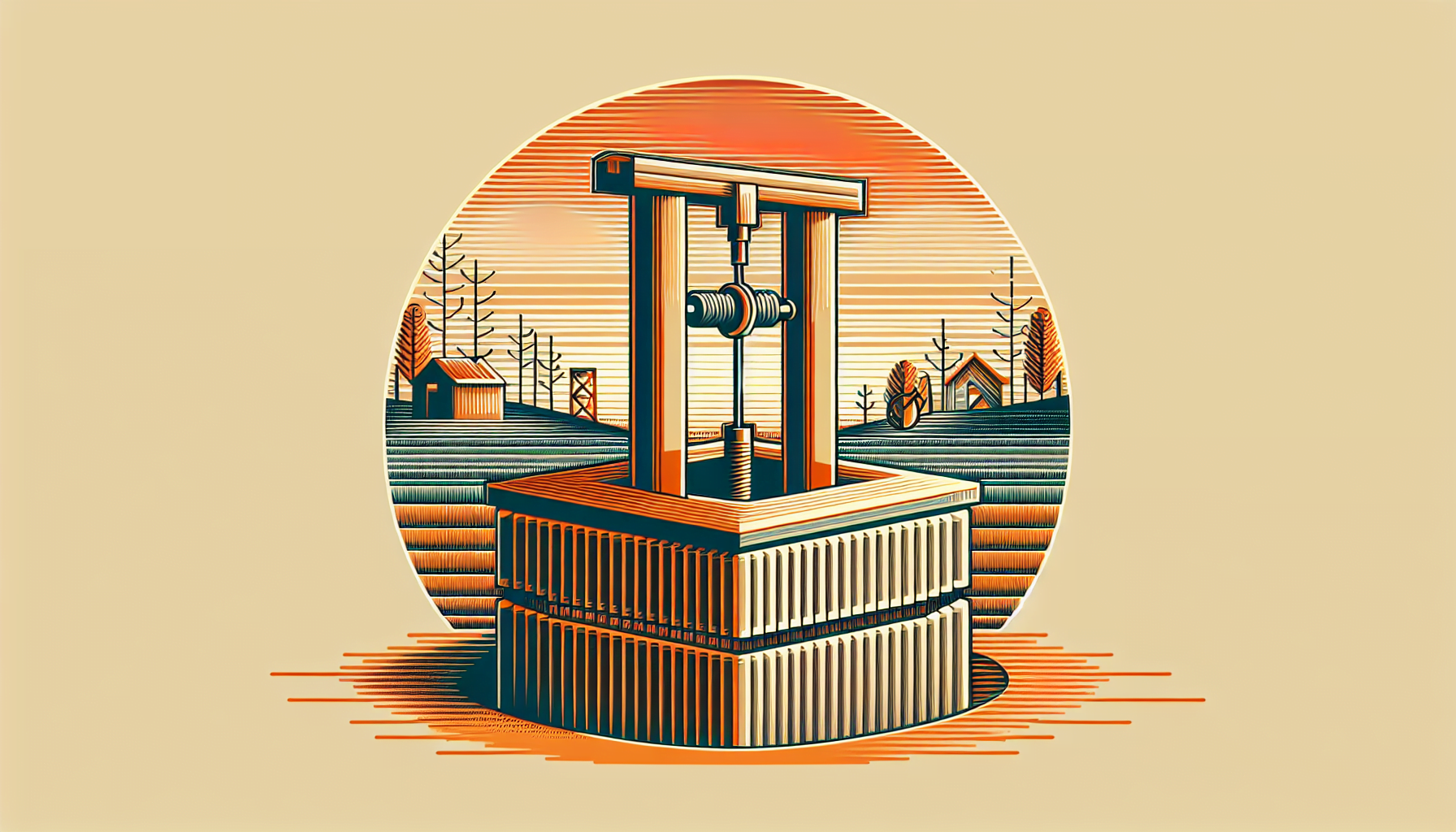Open discharge wells are key to efficient geothermal heating systems. Imagine the disappointment of a poorly executed well undermining your eco-friendly heating efforts. It’s a common pitfall for many green-thumbed homeowners diving into geothermal heating.
The stakes are high, and the complexities of installation and maintenance can be daunting. But fear not, as the path to a sustainable and cozy home is within reach. I’ve navigated these waters, turning challenges into triumphs, and I’m here to guide you through the murky depths.
Together, we’ll explore the essentials of open discharge wells, ensuring your geothermal system runs smoothly and your environmental impact stays low. Let’s embark on this journey to a greener, more efficient home.

Practical Considerations for Installing and Maintaining Open Discharge Wells

Choosing the Right Location for Your Open Discharge Well
You’re about to plunge into a journey to harness the Earth’s natural heat, and it starts with picking the perfect spot for your open discharge well. Think of it as real estate; location is everything. You want a site that’s accessible for maintenance, but far enough from your home to prevent any potential issues. It’s a balancing act-close enough for convenience, yet distant enough for safety.
Navigating the Installation Process
Now, let’s talk installation. It’s not just about digging a hole and calling it a day. You need to consider the soil composition, the depth required for optimal geothermal exchange, and the type of piping that will best suit your needs. Imagine you’re crafting a bespoke suit; every measurement must be precise for that perfect fit. The same goes for your well-it’s got to be tailored to your land’s unique characteristics.
Troubleshooting Common Well Issues
You’ve got your well installed, but what if things go sideways? Maybe the water flow isn’t what you expected, or there’s a blockage. Don’t panic. Troubleshooting is part of the game. It’s like being a detective, looking for clues in the water pressure, the pump performance, and the well’s structural integrity. Find the issue, and you’re halfway to solving it.
Safety Measures and Regular Maintenance
Safety isn’t just a buzzword; it’s a non-negotiable part of maintaining your open discharge well. You’re dealing with water and electricity, a combination that demands respect. Regular checks on electrical components, well integrity, and water quality are your shields against potential hazards. Think of it as routine health check-ups for your well-they keep it running smoothly and keep you out of harm’s way.
Optimizing Your Well’s Performance Over Time







